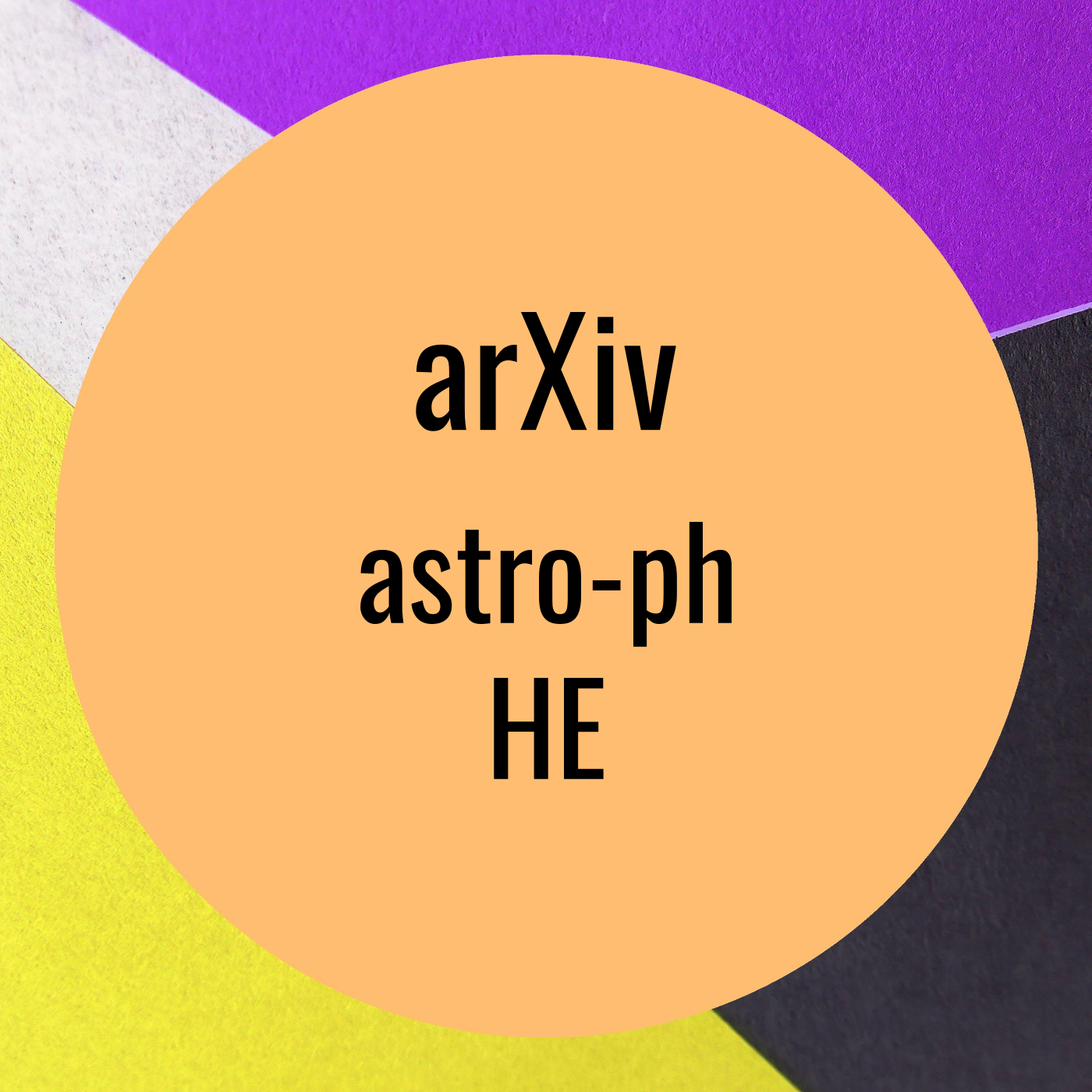MOJAVE XX Decade-long linear polarization variability in AGN jets at parsec scales
Description
MOJAVE XX Decade-long linear polarization variability in AGN jets at parsec scales by D. I. Zobnina et al. on Wednesday 30 November
We studied the variability properties of the linear polarization of active
galactic nucleus (AGN) jets on parsec-scales using stacking. Our sample is
drawn from the MOJAVE program and consists of 436 AGNs manifesting core-jet
morphology and having at least five VLBA observing epochs at 15 GHz from
January 1996 through August 2019, with some additional archival VLBA data
reduced by us. We employed a stacking procedure and constructed maps of (i)
standard deviation of fractional polarization and electric vector position
angle (EVPA) over epochs as the measure of variability, (ii) median
polarization degree to quantify typical values in time. The distributions of
these values were analysed along and across the jet. We found that EVPA
variability in the core is typically higher than in the jet, most likely due to
changes in opacity and component blending in the core region. The EVPA becomes
more stable down the outflow. Most of the sources showing this trend have a
time coverage of more than 12 years and at least 15 epochs. The possible cause
could be the increase of stability in the magnetic field direction. The
majority of AGNs exhibit insignificant trends of the relative fractional
polarization variability along the ridgeline or across the jet width. There are
no significant optical-class-dependent or spectral-class-dependent relations in
the properties of EVPA and relative fractional polarization variability.
arXiv: http://arxiv.org/abs/http://arxiv.org/abs/2211.15624v1
More Episodes
Hard X-ray Observations of the Hydrogen-poor Superluminous Supernova SN 2018hti with NuSTAR by Igor Andreoni et al. on Wednesday 30 November
Some Hydrogen-poor superluminous supernovae are likely powered by a magnetar
central engine, making their luminosity larger than common supernovae....
Published 11/30/22
Fundamental physics with neutron stars by Joonas Nättilä et al. on Wednesday 30 November
Neutron stars are rich laboratories of multiple branches of modern physics.
These include gravitational physics, nuclear and particle physics, (quantum)
electrodynamics, and plasma astrophysics. In this...
Published 11/30/22
Published 11/30/22


